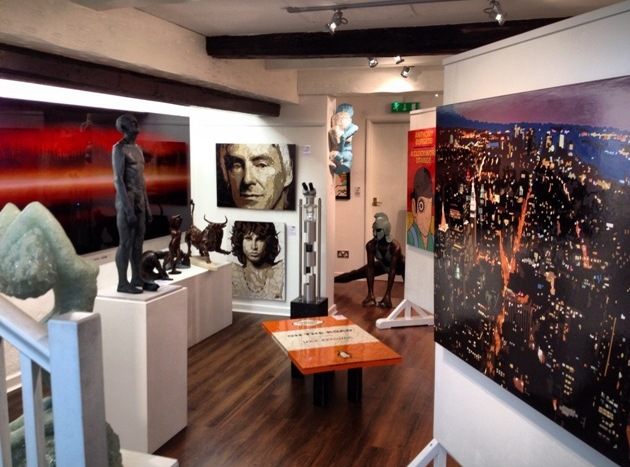So you want to buy a picture for the home? Here are ten things to consider or do in order to get that ideal work of art on your wall.
1 – Decide on a budget and try to stick to it. Collecting artwork doesn’t have to break the bank, as with fine wine you don’t have to pay vast amounts for a good bottle. So when it comes to art, a great original doesn’t have to cost either.
2 – Try and purchase an original work wherever possible. Originals tend to hold more credence within the market place, and it’s nice to have a one off piece in the knowledge that others won’t have the exact same piece on their wall. Don’t by any means disregard buying prints, they are a great way to start of your collection, however if a choice rises stick to the original article.
3 – When searching for your perfect work of art, keep the place where you want to display the piece in mind – particularly the colour and the lighting of the room. Ask questions about framing solutions and how to take care of the work, such as cleaning. Remember just because you change the decoration you don’t have to change your paintings, they represent your life experience.
4 – Be wary of art at sale price. That is not to say don’t purchase in a sale, especially if you like a piece enough and you want it on your wall. Just remember to ask yourself and the gallery why it’s displayed at a discounted rate. Watch out for the over the top sales response. A reputable gallery will hang the painting for you and change it if it doesn’t look correct.
5 – Always buy something because you love it. You’re the one that’s going to have to live with the choice, whether it’s hanging on the wall or sitting on the coffee table.
6 – You should attempt to gain as much knowledge as possible about the works you’re considering. Ask questions. An original work of art will take time and effort to produce and usually each piece will come with some interesting facts, including the techniques used to create it.
7 – Obtain a certificate of authenticity from the gallery. With the increase of online sales for art there has been an increase in fraudulent replicas being sold, so making sure you get the right documentation is crucial.
8 – If investment is part of your buying decision then make it the priority consideration when discussing a piece with the art dealer. Ask them what they have on their walls at home. Many collectors hire art consultants that help them make the right decision when making large value purchases. Remember investing in art is a long term activity and should not be under taken lightly. You can be lucky and purchase art from an artist who becomes sought after quickly, however in general art appreciates over a significant length of time.
9 – Take stock of all your options before making the final decision. Get advice from friends. Lots of people worry about making the wrong decision when purchasing art. In fact there is no right or wrong answer, but in general art dealers that have chosen to hang work in their galleries have specifically done this because they know the work is popular and would suit a multitude of homes and room locations.
10 –Finally, buy it, hang it and enjoy it! It will be part of you forever.
Any questions, please feel free to contact the gallery and I’ll be happy to help!
Tel: +4401159243555 Email: george@georgethorntonart.com

